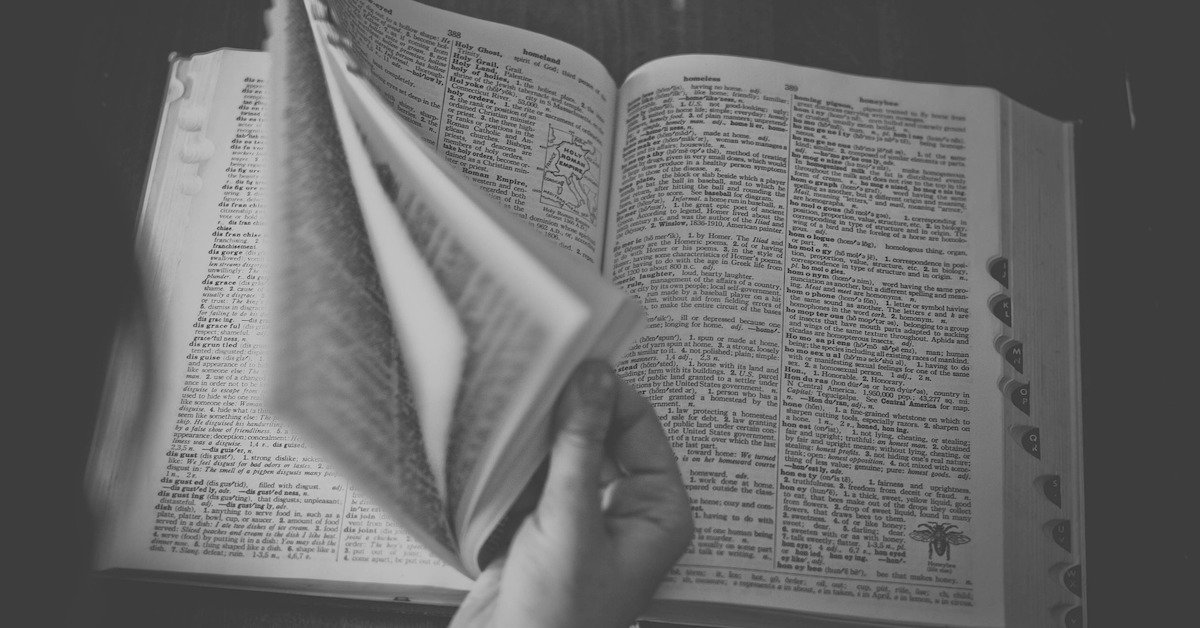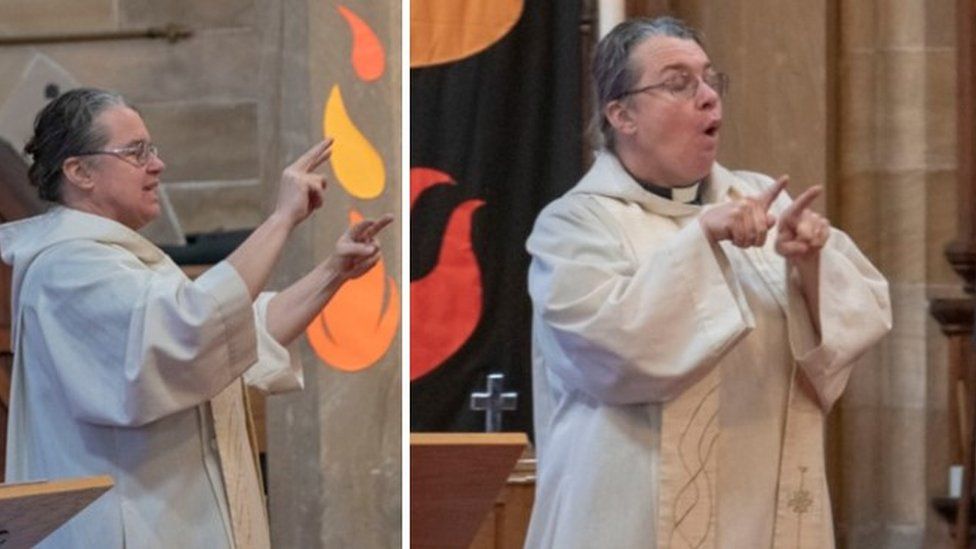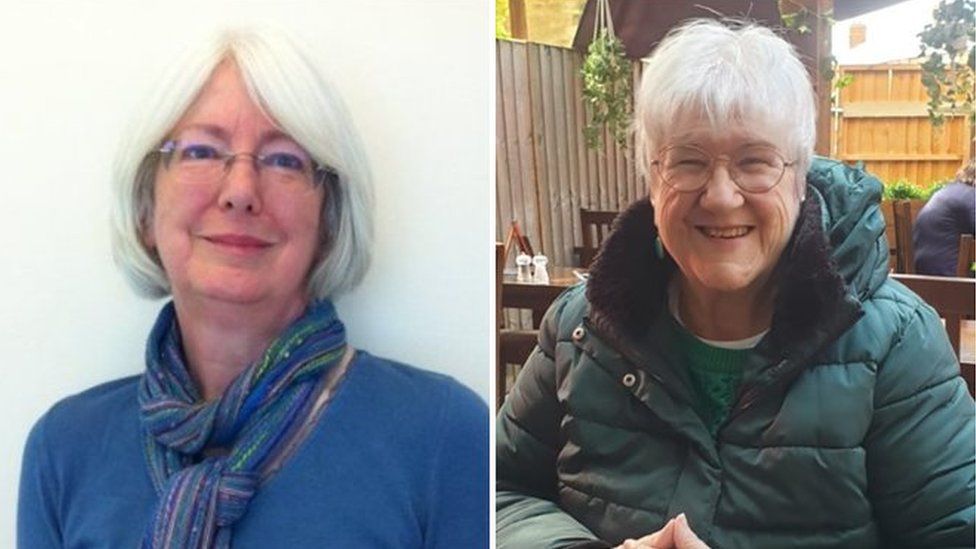The dictionary makers have been busy. They've been sleuthing and selecting the words that were on people's minds in 2022. This piece considers five words that made it to the 'creamy layer' (a phrase we in India recognize with some political excitement but that does not seem to carry the same connotation in the rest of the world) of English usage: permacrisis (Collins Dictionary); woman (Dictionary.com); goblin mode (Oxford Dictionary); gaslighting (Merriam Webster) and homer (Cambridge). I want to suggest that there exists an underlying affinity between these words, even though the choices were made by different bodies of lexicographers. Before we get to this possible shared ground, we should, however, acknowledge the obvious.
Word choices like these are not without bias since they've been made by powerful Western publishers on the basis of online searches for words in the English language alone. It goes without saying that such technologically driven procedures, although 'transparent', have the effect of rendering more or less invisible the vocabulary and views of the users of almost 7,000 languages. They are a stark reminder of existing power inequalities between languages. Rough estimates suggest that the top 10% or so of individuals command almost 90% of global wealth as of now. Similarly, we might say that about 90% languages are spoken by 10% of poor populations while the power languages of the world (English, Chinese, Spanish etc.) are spoken by 90% - with many more clamouring to get into these elite language clubs.
Incipient critiques of such 'language elitism' are apparent in efforts by world bodies like UNESCO that ceremoniously marked 13 December 2022 (during the same period that the words of the year for 2022 were being announced), as "the International Decade of Indigenous Languages (2022-2032)". The UNESCO's push to "highlight a 10-year action plan to draw the world's attention to the critical loss of indigenous languages and the urgent need to preserve, revitalize and celebrate them" is a measure of how desperate the situation is globally. Whether or not this august organisation succeeds in its aims is a much more complicated matter of language economies. This essay will not get into this complex terrain - or its implications for the plurilingual scenarios in our Indian states. It will desist from asking what India's own realistic action plan - minus the usual rhetorical flourishes - is in this regard. That discussion is for another day, as is an assessment of the roles played by increasingly efficient algorithmic devices such as 'Google Translate' or the online emendations made to one's lame prose by Grammarly and other arbiters of linguistic 'correctness'. Suffice it to say that we cannot underestimate the effect of these radical digital technologies on how we reassess relations between language groups, and inter alia, among ourselves, in this troubled century.
Languages today are leaking into and 'leaning into' one another in an unprecedented manner. One can, for example, routinely type in sentences on an English keyboard and see them transformed in seconds into familiar scripts such as Hindi or Tamil. Never before has the world witnessed such effortless and fast transitions and translations from one language into another. Shakespeare's Puck once boasted that he could "put a girdle round the earth in forty minutes". Today we can achieve this intellectual feat in minutes, even seconds. So what's not to like?
That notion of 'liking', made so indispensable on the Internet by the easy electronic counting of 'likes' on YouTube, Instagram, Twitter and Tik-Tok, makes it hard today to imagine a world not bound together by criss-crossing chains of 'likes'. By 'liking' a comment or a website, one performs a communitarian action; one 'links' oneself to others across the globe, creating new hybrid identities. Some linguistic cousins of 'like' are: 'alike', 'likeable' and 'dislike'. With the help of these 'like-minded' concepts, let's now look briefly at the ways in which the five words of the year 2022 mirror us and our diverse 21st century selves.
A good example of such a global convergence of perspectives is the causal chain that enabled the unlikely word 'homer' to climb to the top of the Cambridge Dictionary verbal charts. I think it's a fair conjecture that before this word cropped up on the game Wordle (which I must admit I stay up religiously to play each night), few had heard of the common noun 'homer', even if they were familiar with the Greek epic poet Homer or the cartoon character Homer Simpson. But the rush by Wordle enthusiasts to discover the meaning of this word ensured that it 'spiked' in people's imaginations: 'homer', we found out, was to hit a homerun in baseball; it was also an ancient Hebrew measure. Who would have guessed?
Then there is that ubiquitous word woman, permanently etched into our species memories. Dictionary.com explain their choice thus: "Our selection of woman ... reflects how the intersection of gender, identity and language dominates the current cultural conversation and shapes much of our work as a dictionary." Apparently, when asked to define this keyword, the US Supreme Court Judge, Ketanji Brown-Jackson, straightforwardly admitted that she could not, so frangible has this age-old word become in our times. Notably, a close runner-up in the dictionary races was the acronym 'LGBTQIA', once again reflective of the rainbow-hued colouring of the concept of gender, once assumed to be divisible into two homogenized 'unlike' black-and-white boxes.
'Permacrisis', the word chosen by Collins, indicating "an extended period of instability and insecurity", also points to a psychic fracturing of our self-images. It reflects our shared global anxieties concerning threats of war, invasive viruses, rising costs of living and deepening political polarization. A kind of 'no-escape' scenario is summoned up by this word where, trapped in a space one deeply dislikes and fears, one is permanently assailed by feelings of helplessness and mistrust.
Which bring us to our next word, gaslighting, picked by Merriam Webster, that also focuses on trust issues. It refers to "the act or practice of grossly misleading someone... In this use, the word is at home with other terms relating to modern forms of... manipulation, such as fake news, deepfake, and artificial intelligence." Merriam-Webster continues, tongue firmly in cheek: "In recent years, with the vast increase in channels and technologies used to mislead, gaslighting has become the favoured word for the perception of deception. This is why (trust us!) it has earned its place as our Word of the Year."
Finally, there is the Oxford Dictionary's 'goblin mode' - "a slang term" that "represents a type of behaviour which is unapologetically self-indulgent, lazy, slovenly, or greedy, typically in a way that rejects social norms or expectations." Many of us would agree that the severe isolation that Covid brought in its wake resulted in an image-makeover - and not a flattering one. Alone at home, we became far more careless and sloppy about our appearances, more prone to reject social pressures. Our self-images and how we were perceived by others separated, became masked.
Do these five seemingly disparate words really share common ground, as I've claimed? Well, what struck me at once about this little cluster was that it, rather surprisingly, beat out the 'technical competition' from virtual words like metaverse, Web3, NFT, crypto and so on. Instead, five cognitive features appeared to stand out, linked by the profound theme of human vulnerability. These dictionaries may have used technical methods to make their choice but they were guided, in the last resort, by human 'thumbs on the scale', a sentient audience. Hence, to a greater of lesser degree, they are all:
a. familiar 'natural kind' words indicative of a palpable humanness (woman)
b. related to the embodied actions of a single human being who can somehow cause whole communities to collectively experience joy or despair at a 'home-run' (homer)
c. a record of changes in human self-perception that can disregard the pressure to conform to social norms (goblin mode)
d. connected to the establishment of bonds of trust or cordons of mistrust based on a distinctive human ability: namely, verbal communication (gaslighting)
e. associated with major historical events (e.g. the war in Ukraine; racism in the United states), resulting in various interlocking forms of psychological anxiety (permancrisis)
In this sense, whether we 'like' these five-fingered offerings or not, they handily indicate that even at our loneliest, we are never quite alone.
Rukmini Bhaya Nair is a linguist and poet. She is Honorary Professor at the Department of Humanities and Social Sciences, Indian Institute of Technology Delhi (IITD) and Global Professorial Fellow at the Department of Languages, Linguistics and Film at Queen Mary University of London (QMUL).
Disclaimer: These are the personal opinions of the author.
Featured Video Of The Day
India's Top FIFA World Cup Final Moments
Adblock test (Why?)






